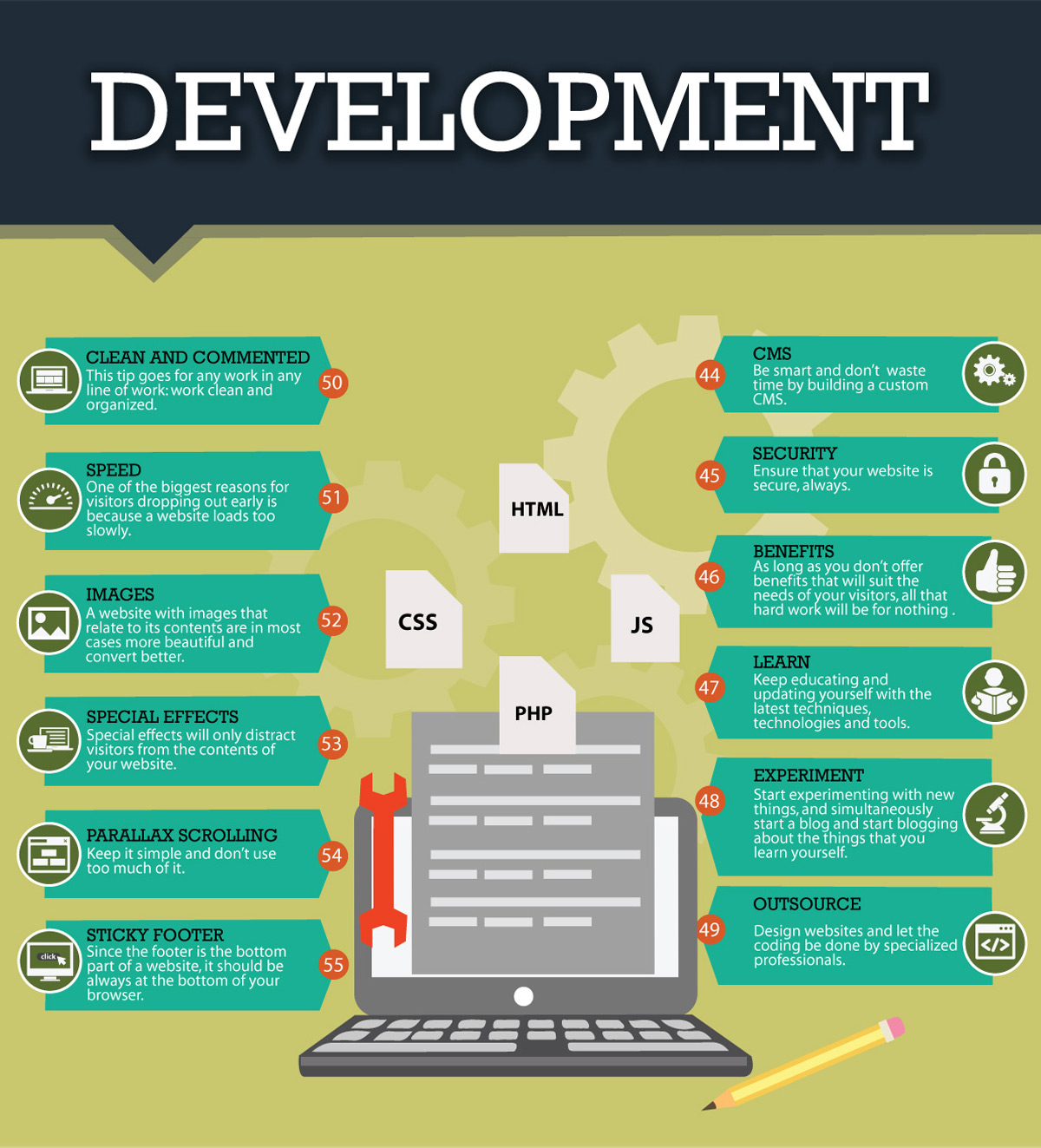Site Style Basics: Tips For Building A User-Friendly Website
Site Style Basics: Tips For Building A User-Friendly Website
Blog Article
Material Develop By-Crews Gammelgaard
When it concerns site design, ensuring user-friendliness is key. From responsive style to structured navigation, every element plays a critical function in producing a site that caters to your target market's demands. Yet what regarding the finer details that can make or damage an individual's surfing experience? Keep tuned as we discover some often-overlooked tips that can elevate your website's functionality to the following degree, making it absolutely stick out in the electronic landscape.
Importance of Responsive Style
Receptive layout is an important aspect of contemporary website development. Ensuring your internet site is receptive means that it can adapt to various screen sizes and gadgets, supplying a smooth experience for individuals.
With the raising use of mobile phones and tablet computers to access the internet, having a receptive layout is important for reaching a wider audience. It helps in improving user experience by making your site easy to navigate and read on any device.
Furthermore, responsive design can positively impact your online search engine positions, as internet search engine like Google prioritize mobile-friendly internet sites. By having best managed wordpress hosting services , you're also future-proofing your site, as new gadgets with differing screen sizes remain to emerge.
Simplify Navigation Structure
To boost customer experience and help with easy accessibility to info on your site, improving the navigation structure is critical. When creating your website, concentrate on developing a clear and instinctive navigating menu that helps site visitors find what they're trying to find promptly.
Restriction the variety of menu things to the basics, grouping related web pages with each other to stay clear of frustrating users. Usage descriptive labels that plainly suggest the material of each page, making it much easier for individuals to understand where each web link will certainly take them.
Consider executing dropdown food selections for subcategories to stop cluttering the major navigating bar. Furthermore, include a search bar plainly on the page for customers who favor searching for certain info.
Prioritize mobile responsiveness in your navigating style to make certain simple gain access to on all devices.
Maximize Page Lots Speed
Improving web page load rate is essential for keeping visitors on your website. Slow-loading pages discourage customers and can result in high bounce rates. To maximize page tons speed, begin by maximizing images. Press photos without endangering top quality to minimize their data dimensions.
Additionally, allow browser caching to store regularly accessed resources locally, speeding up load times for returning site visitors. Minify CSS, JavaScript, and HTML files by removing unnecessary characters, comments, and format, boosting lots speed.
Think about using a web content shipment network (CDN) to distribute your site's web content throughout multiple servers worldwide, decreasing latency for users accessing your site from various locations. Last but not least, limit making use of third-party scripts and plugins, as they can considerably affect load times.
Conclusion
Finally, by integrating receptive layout, streamlining navigation, and maximizing web page tons speed, you can develop a straightforward site that interest a wider audience and boosts user experience. These essential elements ensure that site visitors can quickly accessibility and browse your site across various devices, resulting in boosted engagement and satisfaction. By concentrating on website layout , you can build an effective web site that maintains individuals returning for even more.
